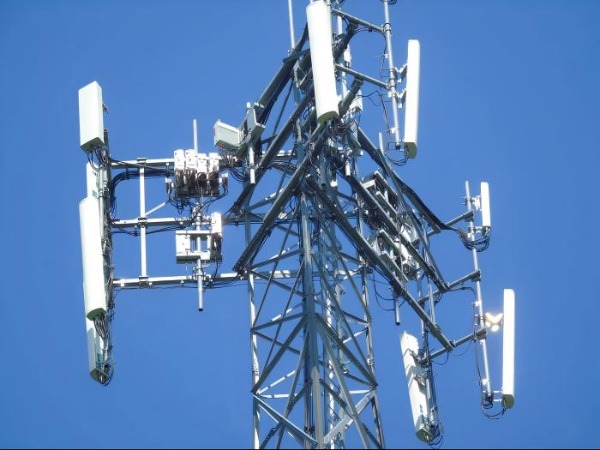In an era where sleek monopole towers are increasingly favored for urban 5G deployments, angle steel communication towers continue to hold their ground as the undisputed champions of high-load environments. From remote mountaintops to hurricane-prone coastal regions, their robust design and unparalleled engineering make them irreplaceable. Let's explore why these lattice giants remain the gold standard for extreme conditions.
Angle steel towers are engineered to thrive in high-wind zones, thanks to their open-lattice structure. Unlike solid monopole towers, which act as large wind-catching surfaces, the lattice framework allows wind to pass through, drastically reducing wind load pressure.
Design Advantage: Triangular steel segments distribute stress evenly, preventing localized failures.
Case in Point: In typhoon-prone areas like Southeast Asia, angle steel towers regularly withstand winds exceeding 200 km/h, while monopoles often require costly reinforcements or risk buckling.

The modular, bolted connections of angle steel towers provide built-in flexibility, a critical feature for seismic zones. During earthquakes, the tower's joints absorb and dissipate energy, minimizing structural damage.
Monopole Limitations: Solid monopole towers, while sturdy, lack this “give,” making them more prone to catastrophic failure under intense lateral shaking.
Proven Performance: After the 2011 Tōhoku earthquake in Japan, angle steel towers in affected regions showed minimal deformation compared to other infrastructure.
High-load scenarios—such as mounting multiple large antennas, microwave relays, or future 6G arrays—demand towers with exceptional strength. Angle steel towers excel here due to:
Scalable Frameworks: Additional sections and cross-bracings can be bolted on to support heavier equipment.
Material Efficiency: The lattice design uses less steel per unit height than monopoles while maintaining higher load thresholds.
Example: Broadcast towers requiring massive UHF/VHF antennas (weighing 5+ tons) almost exclusively rely on angle steel designs.
Sky-High Reach: They routinely exceed 150 meters (e.g., CN Tower's communications mast), whereas monopoles rarely surpass 50 meters without stability compromises.
Custom Shapes: Lattice structures can be tailored for unique sites, such as sloping terrain or multi-operator “ tower farms.”
Lower Lifetime Costs: Minimal maintenance (e.g., repainting every 20+ years vs. monopoles' 10–15-year cycles).
Ease of Inspection: Open frameworks allow visual checks for corrosion or damage without specialized equipment.
Adaptability: Retrofitting for new technologies (e.g., adding IoT sensors) is simpler with modular designs.

Learn more at www.alttower.com